Shu Dong
A Bootstrap Machine Learning Approach to Identify Rare Disease Patients from Electronic Health Records
Sep 06, 2016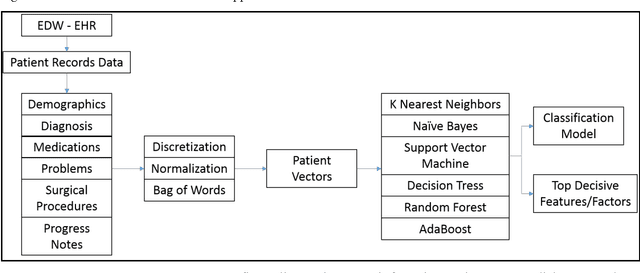

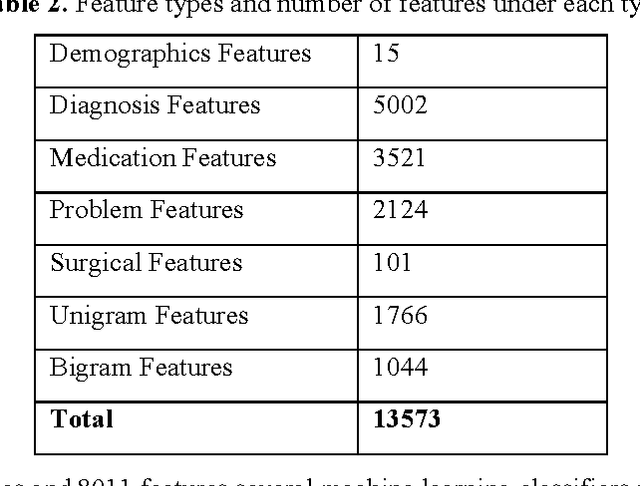
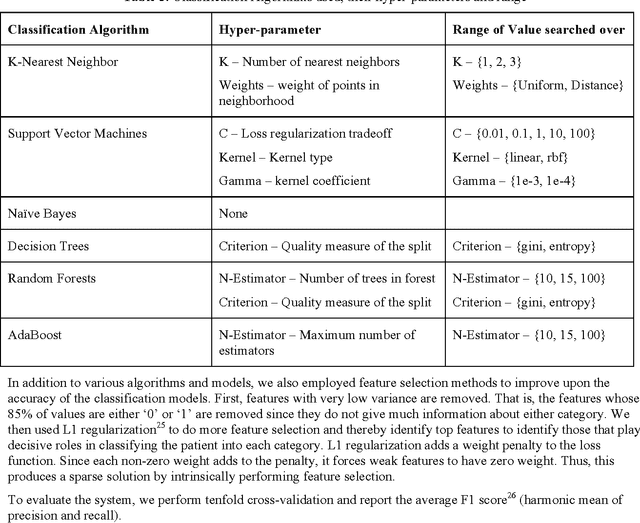
Abstract:Rare diseases are very difficult to identify among large number of other possible diagnoses. Better availability of patient data and improvement in machine learning algorithms empower us to tackle this problem computationally. In this paper, we target one such rare disease - cardiac amyloidosis. We aim to automate the process of identifying potential cardiac amyloidosis patients with the help of machine learning algorithms and also learn most predictive factors. With the help of experienced cardiologists, we prepared a gold standard with 73 positive (cardiac amyloidosis) and 197 negative instances. We achieved high average cross-validation F1 score of 0.98 using an ensemble machine learning classifier. Some of the predictive variables were: Age and Diagnosis of cardiac arrest, chest pain, congestive heart failure, hypertension, prim open angle glaucoma, and shoulder arthritis. Further studies are needed to validate the accuracy of the system across an entire health system and its generalizability for other diseases.
Using Natural Language Processing to Screen Patients with Active Heart Failure: An Exploration for Hospital-wide Surveillance
Sep 06, 2016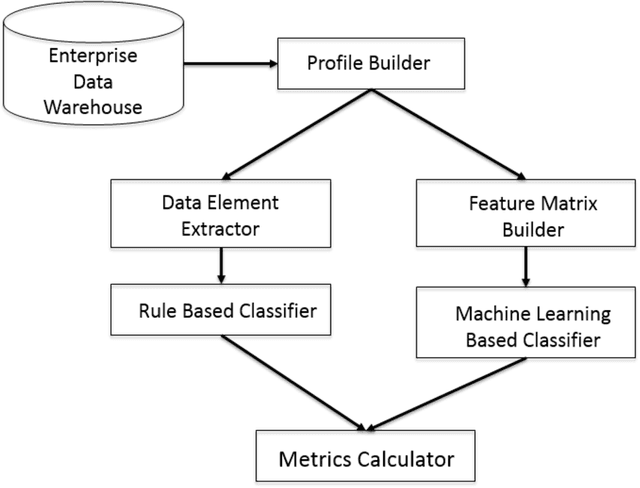
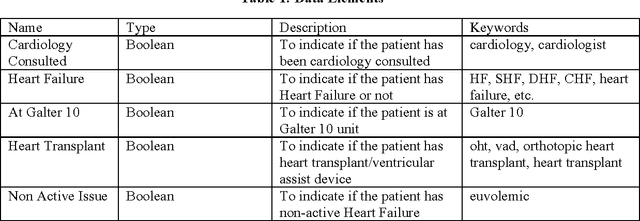
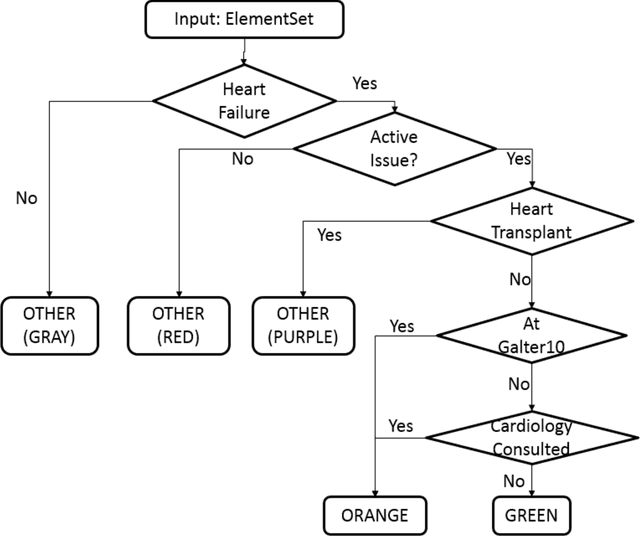

Abstract:In this paper, we proposed two different approaches, a rule-based approach and a machine-learning based approach, to identify active heart failure cases automatically by analyzing electronic health records (EHR). For the rule-based approach, we extracted cardiovascular data elements from clinical notes and matched patients to different colors according their heart failure condition by using rules provided by experts in heart failure. It achieved 69.4% accuracy and 0.729 F1-Score. For the machine learning approach, with bigram of clinical notes as features, we tried four different models while SVM with linear kernel achieved the best performance with 87.5% accuracy and 0.86 F1-Score. Also, from the classification comparison between the four different models, we believe that linear models fit better for this problem. Once we combine the machine-learning and rule-based algorithms, we will enable hospital-wide surveillance of active heart failure through increased accuracy and interpretability of the outputs.
 Add to Chrome
Add to Chrome Add to Firefox
Add to Firefox Add to Edge
Add to Edge